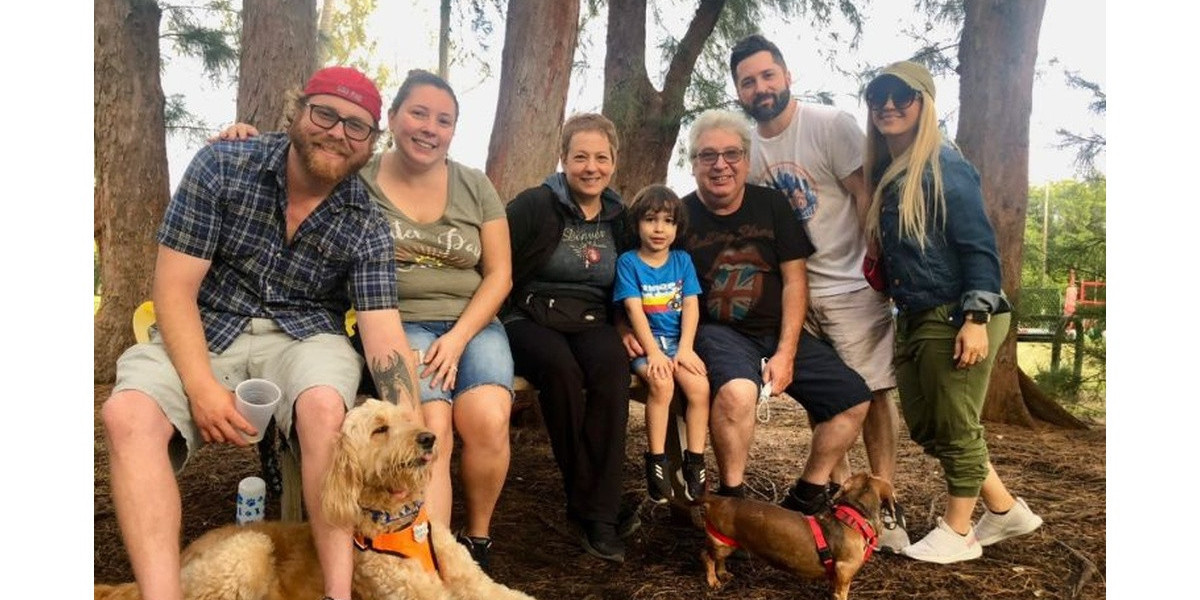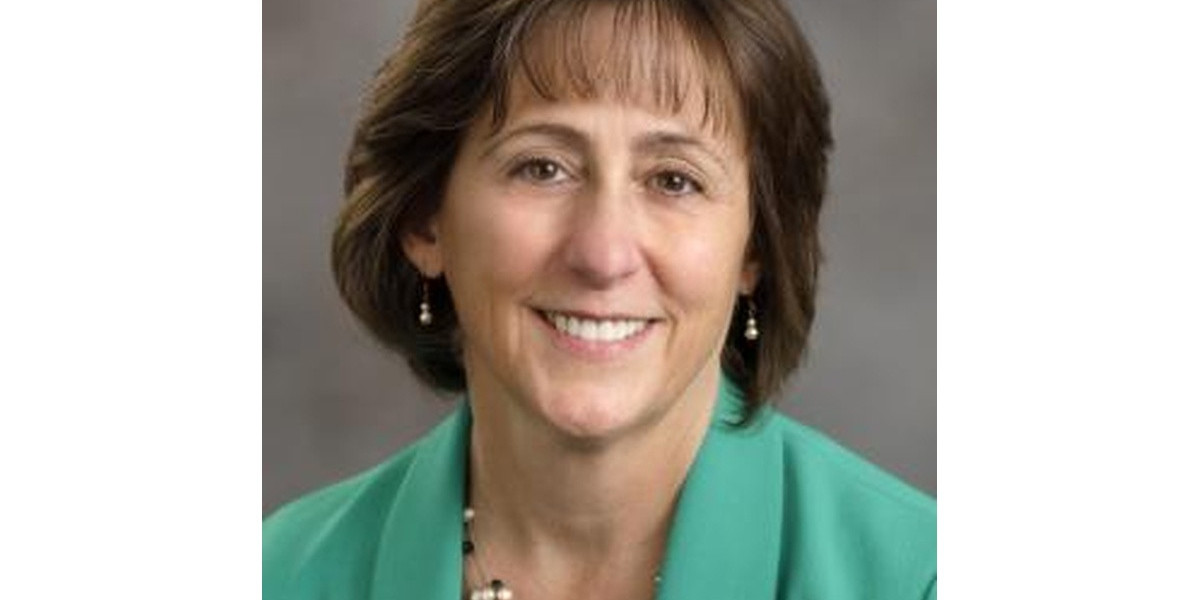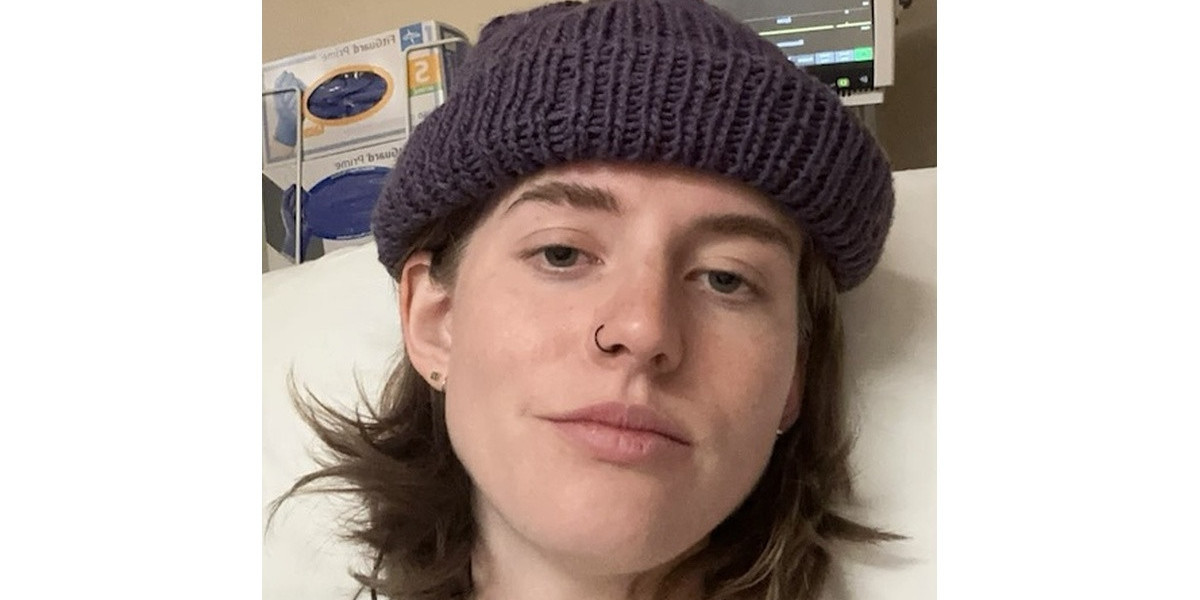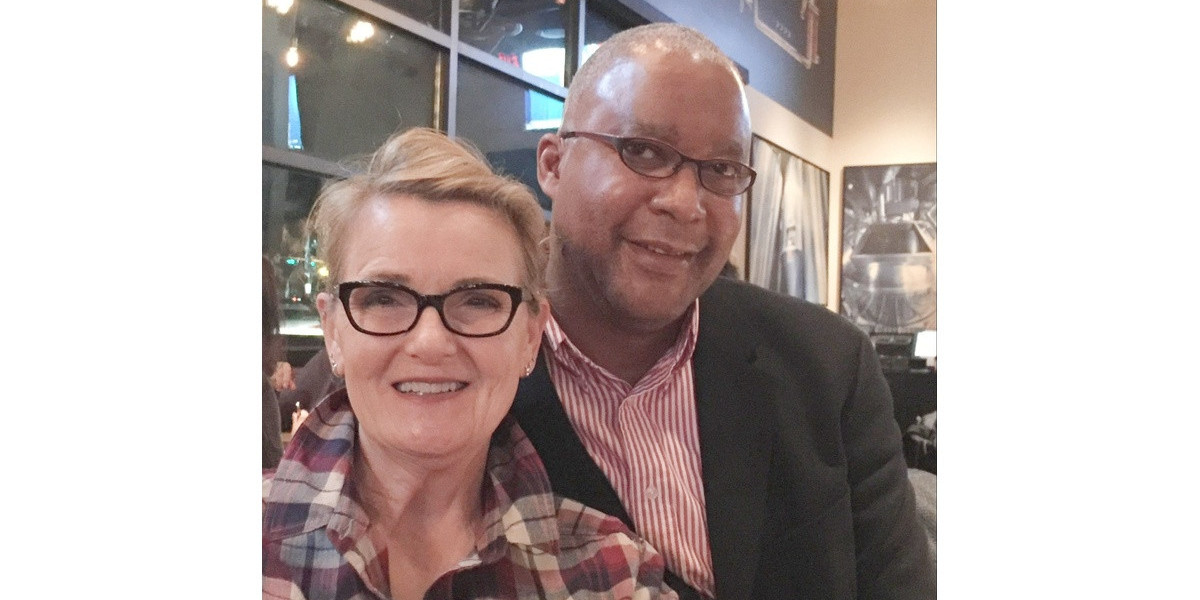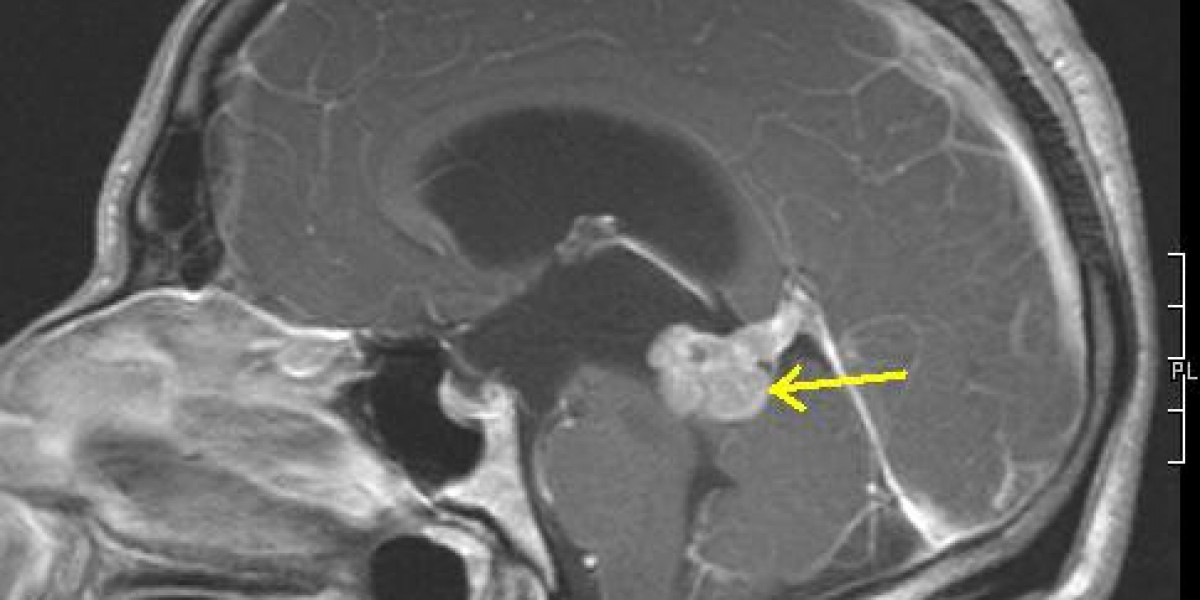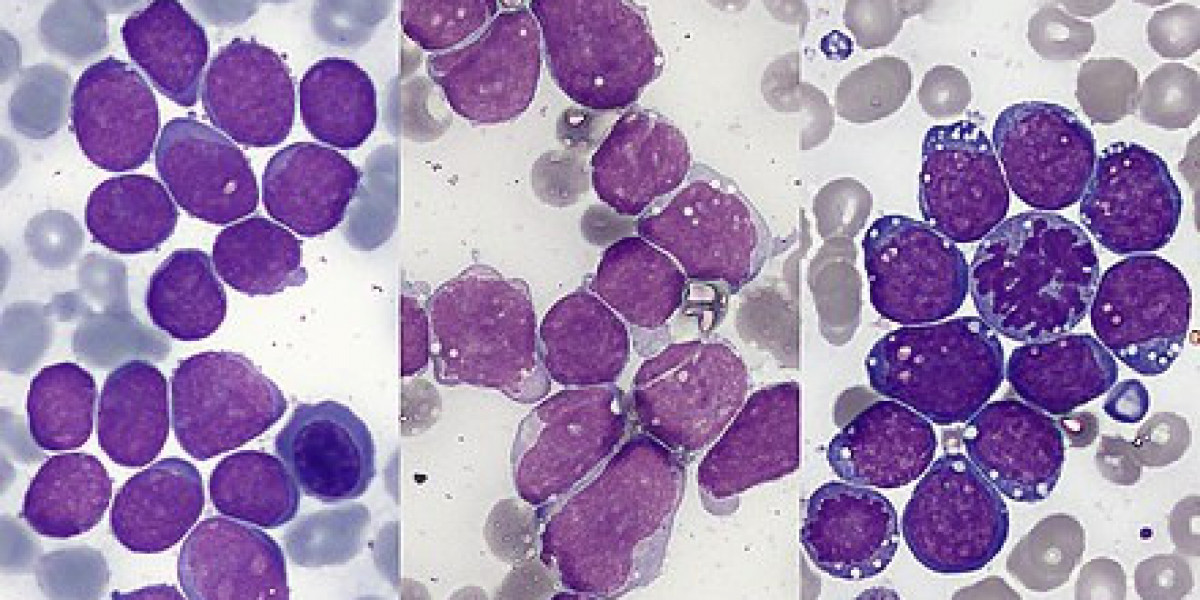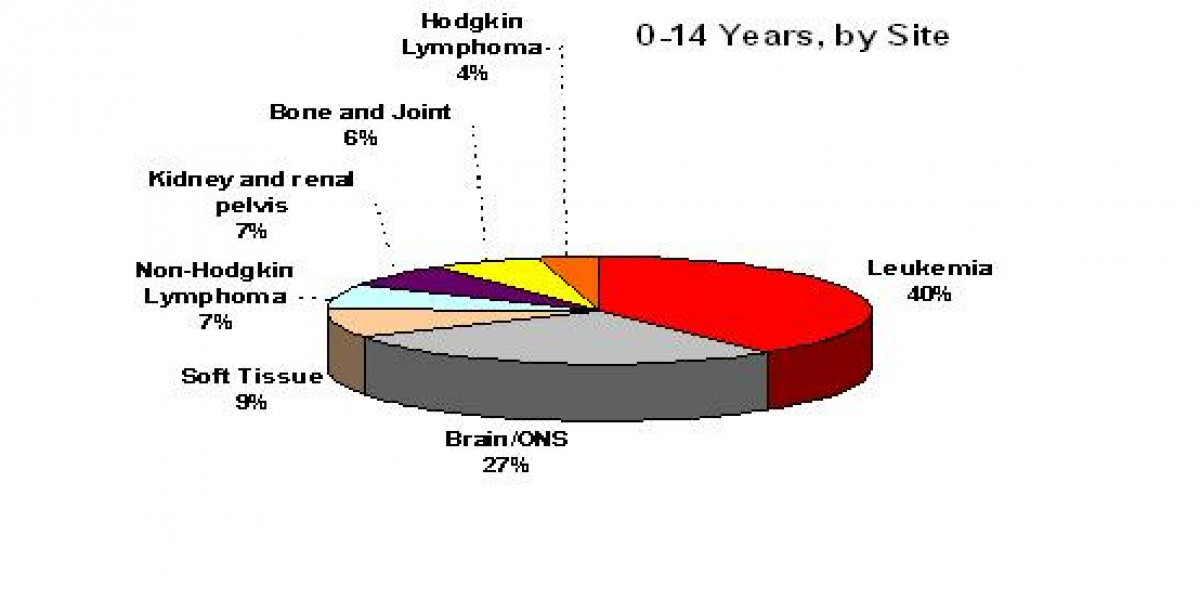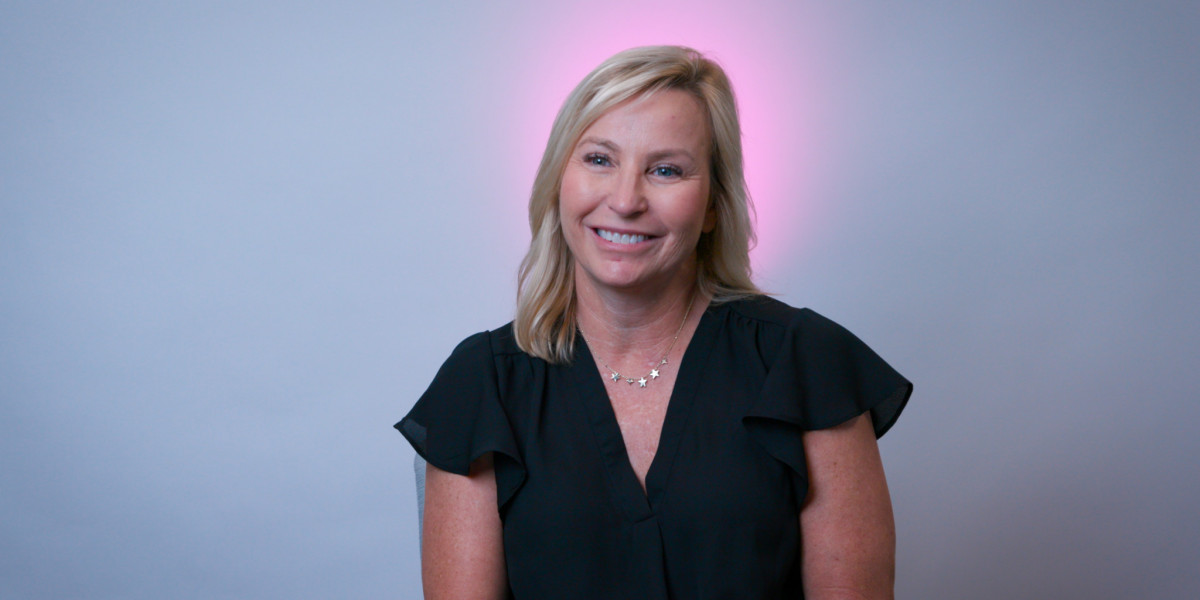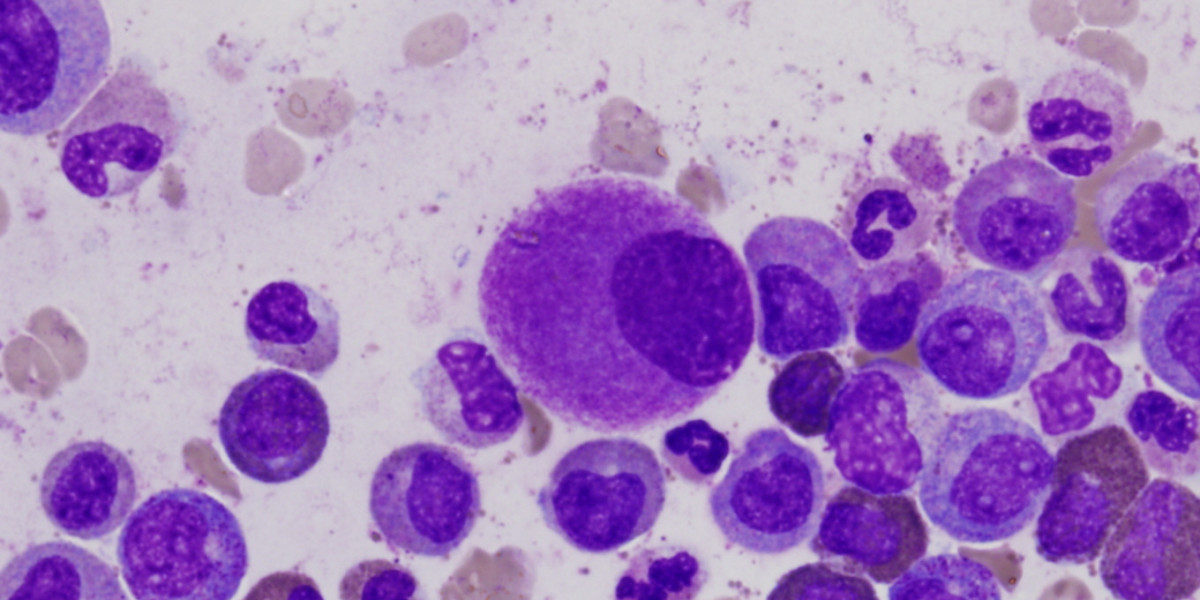It was a good instinct. Days later, Maria was referred for amammogramand ultrasound.
“That in itself was a miracle,” she says. It was March 2020. “Everything was about to shut down for COVID, but somehow, my doctor got me in.”
Maria, a mother, grandmother, and first-gradeteacher in Miami, had always been vigilant about her screenings. She had no family history of breast cancer, but dense breasttissueled her to begin annualimagingat just 24. It had never shown anything concerning until now.
By the time she returned for abiopsy, public spaces were closing. And when her doctor called with the results of invasiveductal carcinoma,stageI,triple-negative breast cancer, the world had already shut down.
The timing made everything harder. Maria’s daughter (and LBBC’s Community Engagement Coordinator), Jade Lleonart Adler, had a wedding planned for just days after the shutdown. They had the dresses, the venue, the flowers, everything. But like many others, they had to postpone the happy event.
After her initial appointment, Maria prayed and reflected. At the time, thousands of people were dying every day across the globe. She held fast to her faith and her desire to walk in Jade’s wedding in October.
Her firstsurgeonlaid out the plan:chemotherapy, followed bysurgeryandradiation. Thetumorwas small, had not reached thelymphnodes, and was consideredoperable. But Maria, who describes herself as a “big chicken” who doesn’t do anything alone, had to hear all of this on her own. Her husband wasn’t allowed into appointments. The hospital cancer center was nearly empty.
“That’s when it hit me,” she says. “This was going to be me and God alone.”
Although she was confident in her initial care team, Maria decided to get a second opinion. A friend helped her secure an appointment at another prominent cancer center, where a newoncologistrecommended adding additional drugs – potentially four in total, compared to the original drugregimen.
How would she decide? Maria was concerned that the fourth chemotherapy would be more medication than she needed. Unsure of what to do, she asked her church to pray for her, seeking clarity and guidance. Days later, her original oncologist called from home. He offered a careful explanation of research and outcomes as a rationale for staying with three drugs rather than four.
“That call felt like an answer,” Maria says. “It gave me peace to stay where I was.” She began treatment with her original healthcare team with clarity and confidence.
Chemotherapy began in spring 2020. Maria went to her appointments alone, masked and socially distancing, while her husband waited in the parking lot. She would stay connected to him via phone, texting him updates from herinfusionchair.
She was prepared for side effects likenausea,fatigue, hair loss — all of which she experienced. What she wasn’t prepared for was an anal fissure, caused by constipation related to chemo. It was the most painful part of her treatment, and it took months to heal.
Another challenge wasanemia. With a history of low iron, she worried treatment would make things worse. Her doctor prepared her for the possibility of transfusions, but after one iron infusion, her levels stayed stable. “They told me, ‘You’re the only person whose iron went up during chemo,’” she said. Referring to her religious faith and church community, she replied, “I have connections.”
Maria didn’t tell her young students nor her parents about herdiagnosis. Her father was in his mid-80s and already dealing with health issues; her mother was anxious about COVID. Maria couldn’t bear the thought of adding more worry.
“I just couldn’t imagine my children telling me they had cancer,” she says. “So I couldn’t do that to them.”
Instead, she used the pandemic as cover. When she and her husband visited, they stayed in the car while her parents stood on the porch. She wore a wig under a baseball cap, sunglasses, and a mask. These layers kept her secret safe.
It wasn’t easy. Every visit came with the emotional toll of holding something back. But Maria found comfort in knowing she could spare her parents that pain, at least until she was through the worst of it.
At home, her family was her “bubble,” and faith was her source of calm. Church services streamed online, and religious programming helped Maria feel less alone.
As if treatment and pandemic restrictions weren’t enough, Maria and her husband also lost their incomes. She was placed on unpaid medical leave, and because he was a contractor in water restoration, he couldn’t enter clients’ homes.
At the same time, charges for Jade’s wedding expenses were coming due. Maria recalled, “My short-term disability claim was denied. It was a scary time.” Their savings account dwindled.
But they didn’tpanic. Maria believed God would get them through this. An unexpected gift from her father two years later helped them recover.
“Things didn’t go according to my plan. But I do believe God was working them out,” she reflected.
Throughout treatment, Maria kept a detailed notebook. She wrote down questions for her care team, noted test results, tracked symptoms, and recorded moments of encouragement. She also took a photo at eachchemotherapysession, which she did to remind herself what she had faced: “I took eight photos. One for each infusion. They helped me count them down.”
She even documented the machine used in radiation and the layout of the hospital halls. She wanted proof of what she had undergone.
*Scroll down for a slide-show of Maria's pictures with accompanying captions.
In October 2020, Jade finally had the wedding she had envisioned, scaled back but joyful. Maria wore a wig and walked down the aisle feeling blessed.
Shortly after, Maria underwent surgery. Herpathology reportcame back with excellent results. That December, she completed radiation with no burns and minimal fatigue.
Now, five years later, she reflects on what she would say to the woman who found that lump on her birthday: "I’d say, ‘You’re not going to die today. You’re going to live today.’ That day, that week, those moments — they still matter; they were life lessons. Hug your family. Take the walk. Eat the good food. You’re still here. Thank you, God, for this and every day."
Maria documented her breast cancer experience by writing in a journal and taking pictures. Though most of these images are included in the blog above, we thought you might appreciate them in a slideshow presentation. You can click on the caption links to learn a little more about Maria's journey.
Learn what to expect with follow-up visits and tests in the first few years after active treatment for early-stage breast cancer.
A survivorship care plan is a post-treatment written report with details about your treatment, follow-up care, and ways to maintain your health.
Circulating tumor cell (CTC) tests can help monitor whether treatment is working or if breast cancer has metastasized.
Mastectomy is surgery that removes all of the tissue from the breast to treat breast cancer. It can be done on one or both breasts to remove breast cancer, or to lower the risk of developing breast cancer.
During breast cancer treatment and well after it has ended, fear of recurrence is a concern for nearly every person diagnosed with early-stage breast cancer. Knowing the signs and talking with your care team can help.
Lumpectomy surgery is a breast-conserving treatment that removes cancer while allowing you to keep some or most of your natural breast tissue.
Almost everyone diagnosed with breast cancer has some surgery. Surgery is a local therapy: a treatment that’s focused on a specific part of the body.
Breast reconstruction is the surgical process of rebuilding the breast during or after mastectomy or lumpectomy surgery. It involves using tissue, implants, or a combination of both to achieve a more natural-looking breast.
Everyone recovers in their own time. The type of surgery you have can affect your recovery time, and your experience may differ even from others who had the same surgery.
This section explores different treatment options and their side effects, as well as the impact of treatment on your emotional health. Learn more here.
Originally published on Living Beyond Breast Cancer: https://www.lbbc.org/blog/triple-negative-breast-cancer-in-covid-marias-story-of-faith-in-uncertain-times
